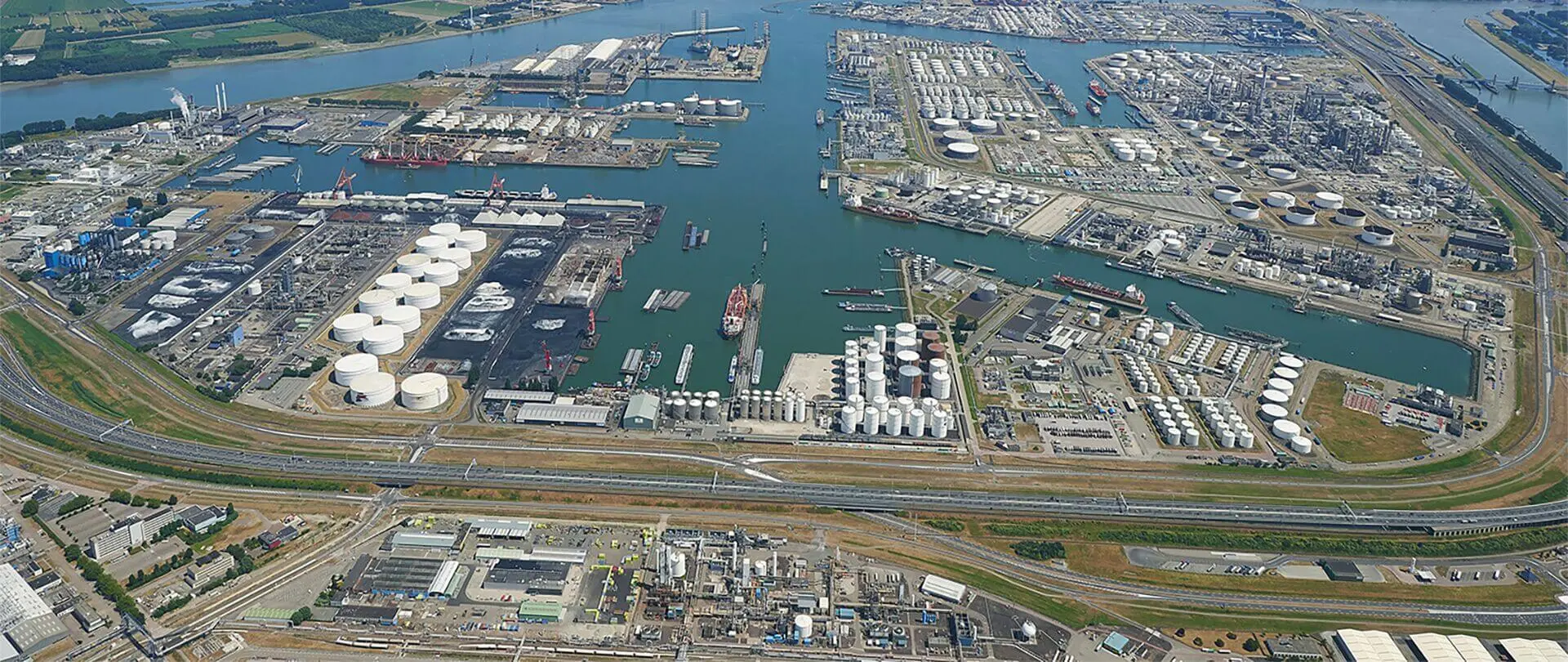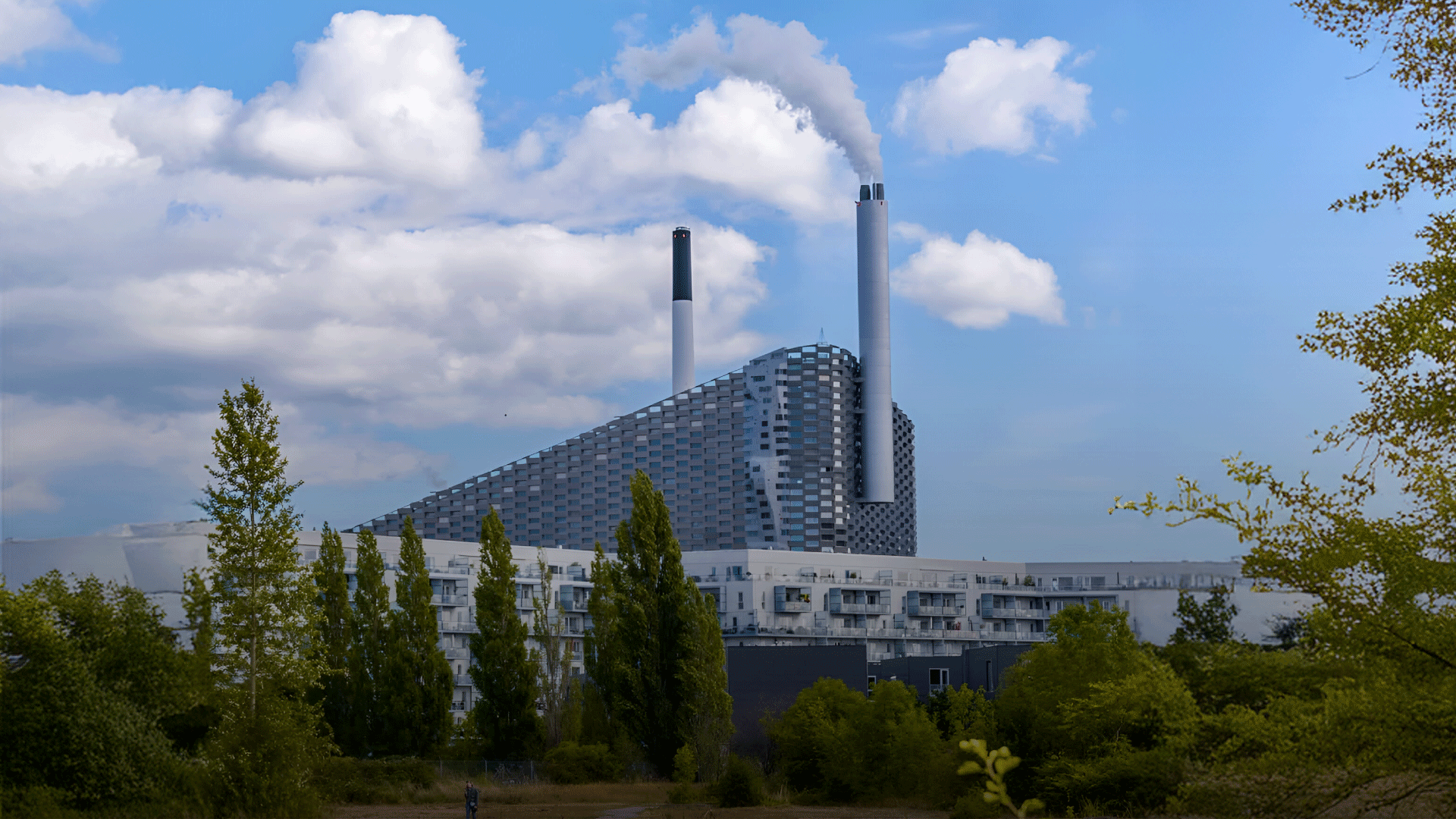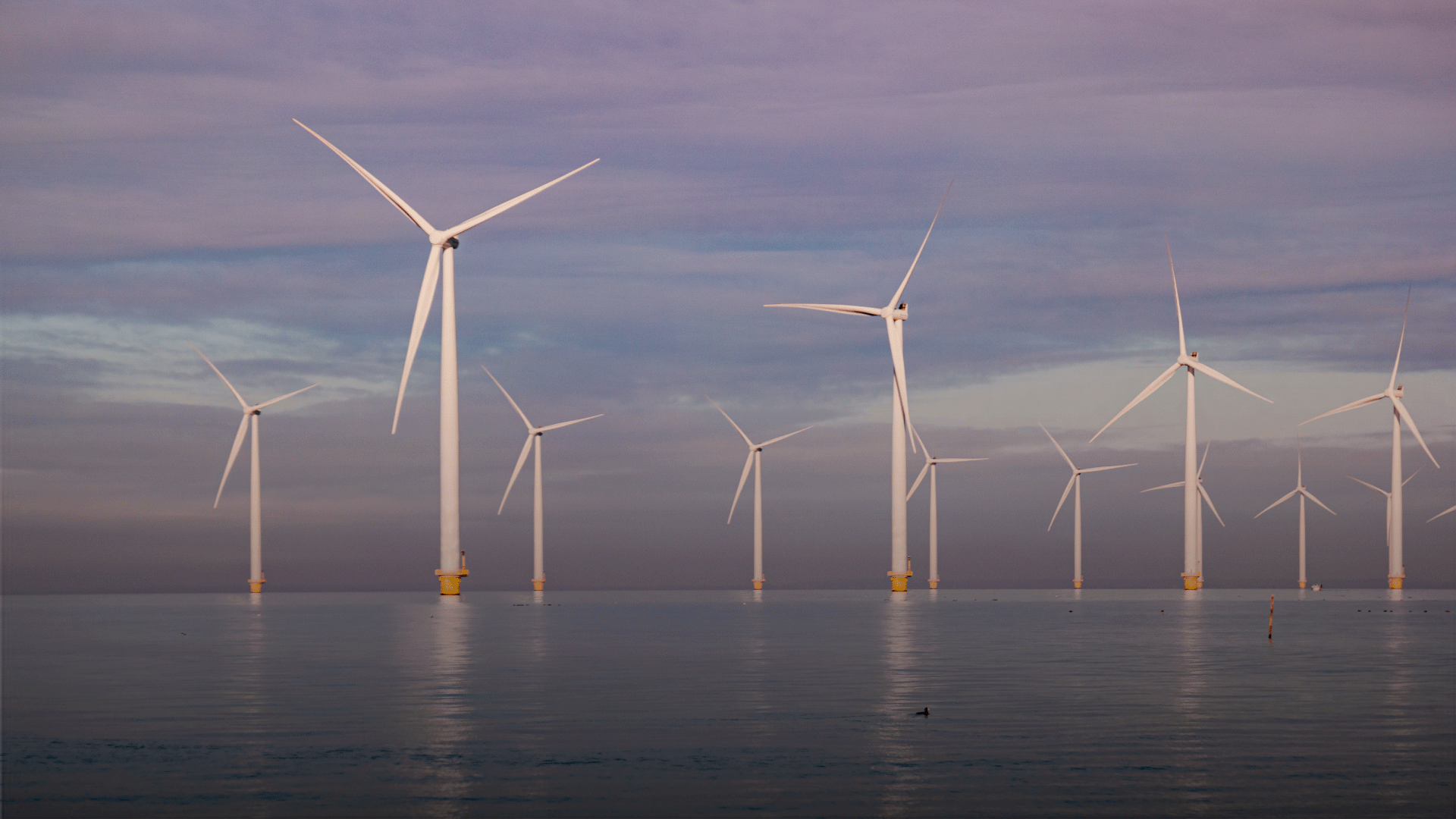Amidst the bustling Rotterdam port, engineers have embarked on Europe’s most ambitious endeavor to combat climate change: the construction of a groundbreaking carbon capture and storage (CCS) project.
Known as Porthos, this €1.3 billion initiative aims to capture over a million tonnes of carbon dioxide (CO₂) annually, a quarter of which will come from Shell’s Pernis refinery, the largest in Europe.
Set against a backdrop of skepticism and delays, drilling operations commenced in mid-April to lay down a 50-kilometer pipeline network. This intricate system will collect emissions from the expansive refineries and hydrogen plants dotting Europe’s premier port, channeling them into a disused gas field beneath the North Sea.
The significance of Porthos extends beyond its immediate environmental impact. It serves as a litmus test for the viability of CCS technology, a solution long hampered by financial challenges and environmental concerns. While critics fear that CCS may perpetuate reliance on fossil fuels, proponents argue it’s a crucial tool in decarbonizing heavy industries like steel and cement production.
Over its projected 16-year lifespan, Porthos anticipates preventing a staggering 37 million tonnes of CO₂ from entering the atmosphere. This feat, equivalent to the annual emissions of nine million petrol-fueled cars, underscores the project’s potential contribution to combating climate change.
However, analysts caution against over-optimism, citing uncertainties surrounding the project’s economics and the efficacy of CO₂ storage. Yet, despite these challenges, Porthos’s joint developers—Port of Rotterdam, Gasunie, and EBN—are forging ahead, supported by the Dutch government’s commitment to fill any financial gaps should the need arise.
The success of Porthos could catalyze a wave of similar initiatives across Europe. Plans for a second pipeline, Aramis, loom on the horizon, backed by industry heavyweights like Shell and Total. Moreover, in the UK, licenses have been granted for CCS projects in the North Sea, hinting at a broader regional embrace of carbon capture technology.
As the world grapples with the imperative of achieving net-zero emissions, voices from both industry and government emphasize the indispensable role of CCS. Amin Nasser, President and CEO of Saudi Aramco, advocates for continued investment in decarbonization efforts, acknowledging the enduring importance of oil and gas even amidst a transition to cleaner energy sources.
Yet, challenges persist. Spiraling costs, compounded by delays and geopolitical factors, threaten to undermine the economic viability of CCS projects like Porthos. Nevertheless, proponents remain resolute, buoyed by the promise of substantial returns and the imperative to meet climate targets.
For the Netherlands, Porthos represents more than just a technological milestone—it’s a critical step towards fulfilling ambitious climate goals. With targets to slash greenhouse gas emissions by 49 percent by 2030 and 95 percent by 2050, the Dutch government sees CCS as a pragmatic solution, leveraging the country’s abundant gas reserves to mitigate climate change.
In the words of the Dutch government, “We do not have the luxury to choose. We realize we are in a good position [to develop CCS projects] because of all the empty gas fields.” With Porthos leading the charge, Europe stands poised to redefine its approach to carbon capture and pave the way towards a greener, more sustainable future.2




